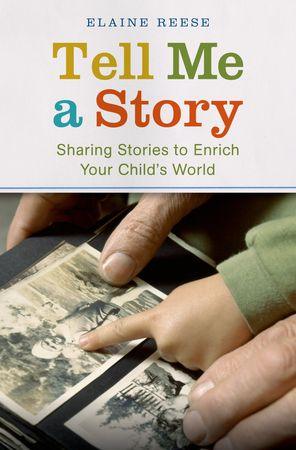Maree Coote, Azaria: A True History, Melbournestyle, March 2020, 44 pp., RRP $29.99 (hbk), ISBN 9780648568407
What a stunning book, both visually and intellectually, aimed at readers of all ages. It may be challenging for some readers because of the emotions it evokes. It can be read on many levels depending on what the reader brings to the story: young readers will approach it very differently, without the background knowledge that those of us who lived through the 1980s do.
2020 is the 40th anniversary of the death of Azaria Chamberlain at Uluru. She was the child who was taken by a dingo out of the family’s tent. Coote takes the reader through what happened, combining facts with the suppositions of the time. Those of us whose memory goes back that far will remember that, at the time, each of us immediately formed an opinion as to Lindy Chamberlain’s guilt or otherwise. Facts were forgotten as opinions multiplied. Prejudice and gossip took hold. Mistakes were made, lies were told, and millions of newspapers were sold. We agonised over, and maybe celebrated, the court decisions made at each stage of the long-running saga. Maree Coote has managed to tell the story, using her own interpretations but combining the facts of the case with the gossip and prejudice of the times. She has incorporated newspaper extracts. Her illustrations are cartoonesque but recognisable of the people and locations at the centre of the story and she has captured the colours of the desert and the darkness of night. Her depictions of the dingoes remind me of Wile E Coyote, but they are not derivative, and not humorous. A recurring visual image is that of the Bogong moth representing the interplay of humans with nature.
There are teaching notes at the end of the book, but won’t be restricted to use by teachers. Further resources are available by application at www.cleverkids.net.au
There’s one typo which hopefully will be corrected in future editions.
Highly recommended for all libraries and home collections.
Reviewed by Maureen Mann






